Negative and Toxic Plants That Shouldn't be Indoors
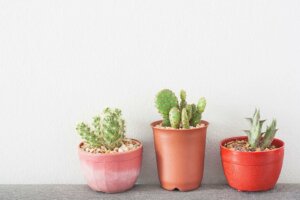
For plant lovers, the more plants the better! But there are some plants that are negative and toxic, and therefore these shouldn’t be inside your home. When you choose the different types of indoor plants to decorate your home, you could review what Feng Shui says first. Also, when you buy your plants, ask the nursery for advice concerning their specific characteristics.
Then make sure you choose plants that aren’t toxic, especially if you have pets or small children. Ensure that you plants you choose represent everything you want in your home: wellbeing, abundance, love, and positivity.
Take note of these plants that (despite being beautiful), are best avoided.
Negative plants
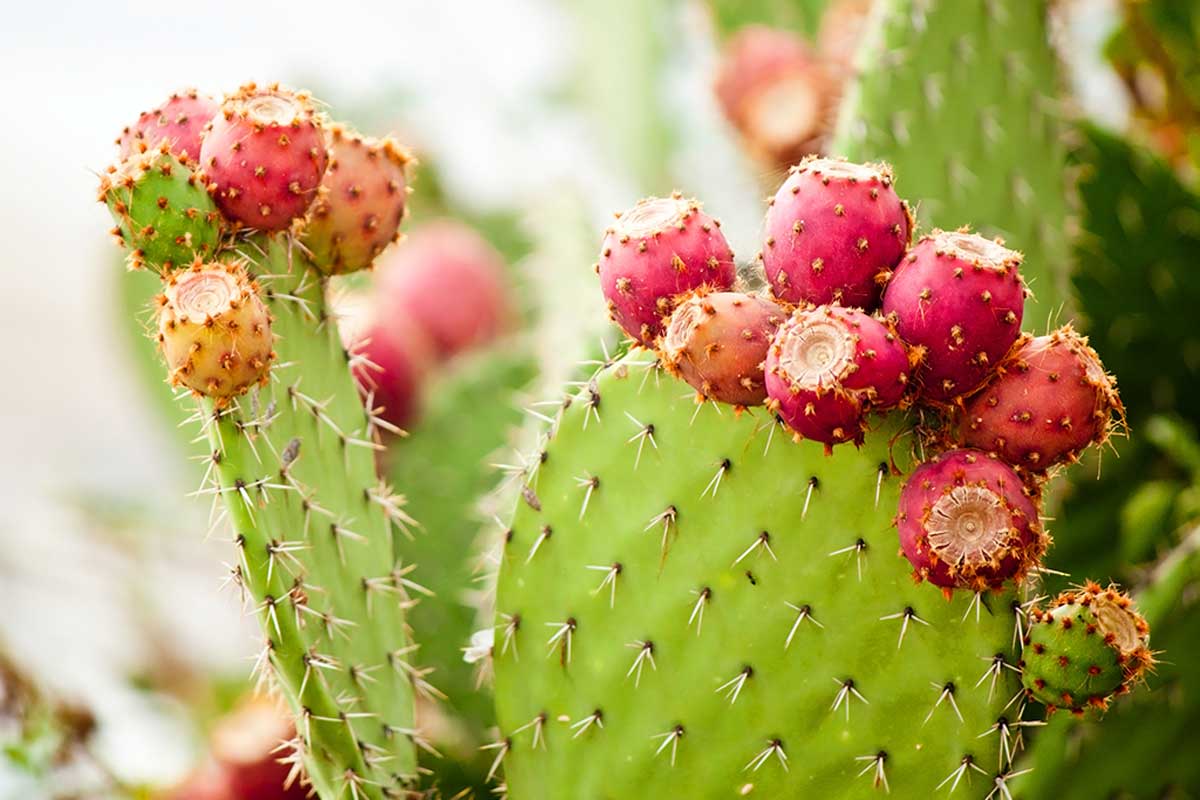
Let’s talk about the plants that you shouldn’t have indoors because they’re considered to be negative. For Feng Shui, it’s important to grow plants in all areas of your home, but not all plants release positive energy.
As articles on the matter indicate, dead or diseased plants should never be part of your home decoration. Others, (like the ones we’ll mention below), have a negative connotation.
Cactus
Cacti are popular for attracting bad energy, so they shouldn’t be indoors. The ideal location is to have them outside, on your terrace or garden, so that they protect your home and neutralize bad energies before they enter.
Negative and toxic plants: bonsai
These types of small-scale trees are very desirable, some even bear fruit. Even so, for Feng Shui, it’s not positive to have a bonsai tree inside your home. Considered to represent a limitation (by not being able to grow as the specimen it imitates would) bonsai trees are thought to be “stunted” by man.
Hydrangeas
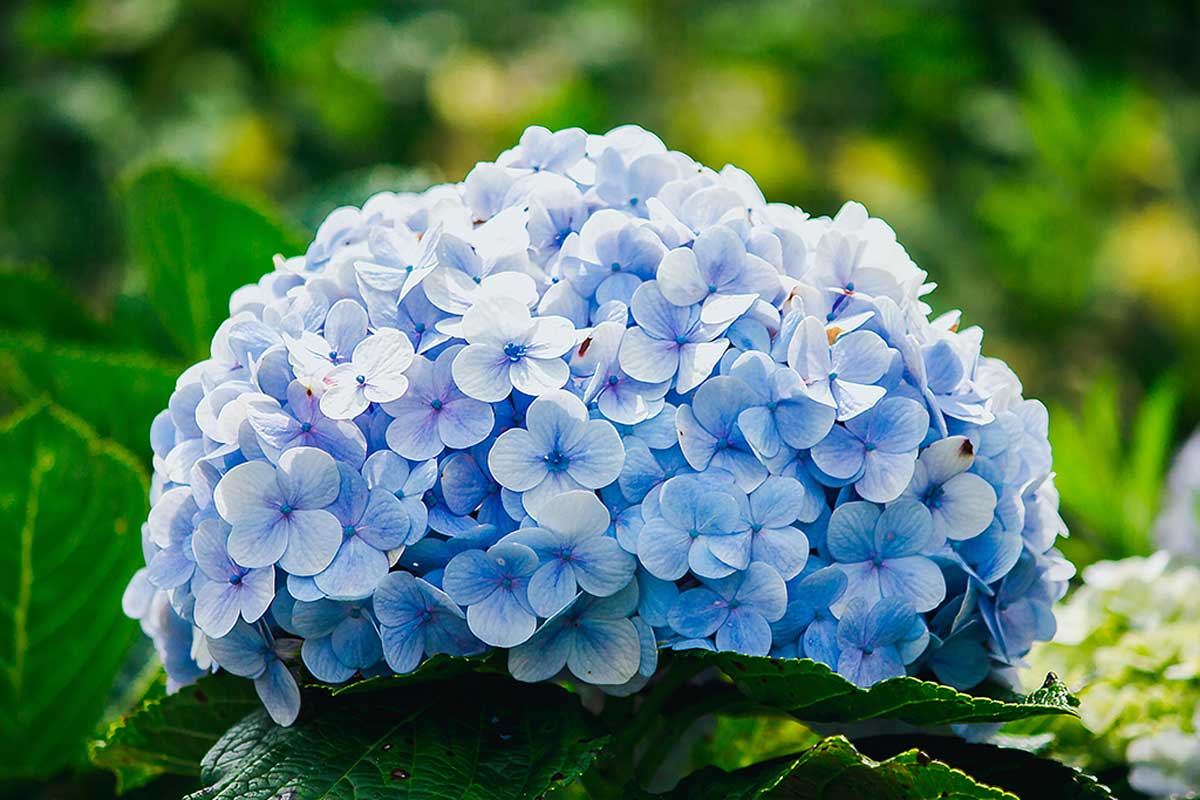
Hydrangeas are very beautiful. Their blooms make them very desirable. But they have a negative connotation and represent loneliness and failure for many. So it’s better not to have them inside your home.
Creeper plants
When vines grow downwards they have a negative impact, because they encourage our energy to do the same. The ideal place to grow these plants are outdoors and near shady spaces such as your porch or roof.
The same goes for hanging plants such as English Ivy, petunias, geraniums, and lobelias. If you like these plants and want to grow them, place guides to prevent them from growing downwards and attracting negativity to your home.
Negative and toxic plants: carnations
Carnations have very varied and vivid colors, which is why they’re so desired. Even so, and according to Feng Shui, they retain the good energy from the home and only expel negative energy. In fact, in some countries, these flowers are related to death, since they’re a popular choice for funerals.
Toxic plants
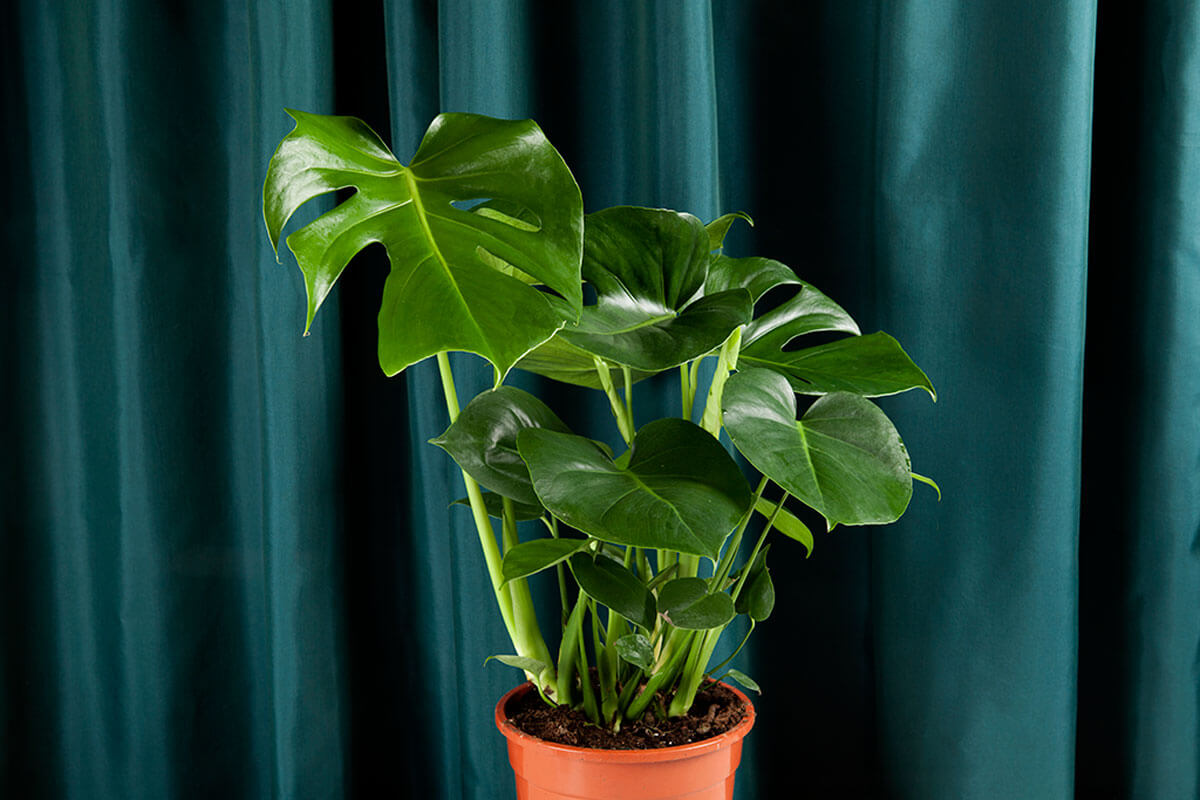
Below, you’ll find a list of plants that are commonly found in the interiors of many homes. But the truth is that they’re toxic–both for pets and for people.
If you still want to grow these plants and have these flowers in your home, take precautions.
Philodendron
This is a large and very beautiful plant. The reason it shouldn’t be indoors is that it’s toxic. If it’s ingested by a person, it can cause swelling in the mouth and digestive tract. In the case of pets, it can cause seizures.
Negative and toxic plants: daffodils
Daffodils are a very popular flowering plant because of the beauty of their yellow flowers. However, in animals this flower proves toxic, causing irritation in the mouth, vomiting, seizures, gastroenteritis, bloody diarrhea, and even respiratory paralysis.
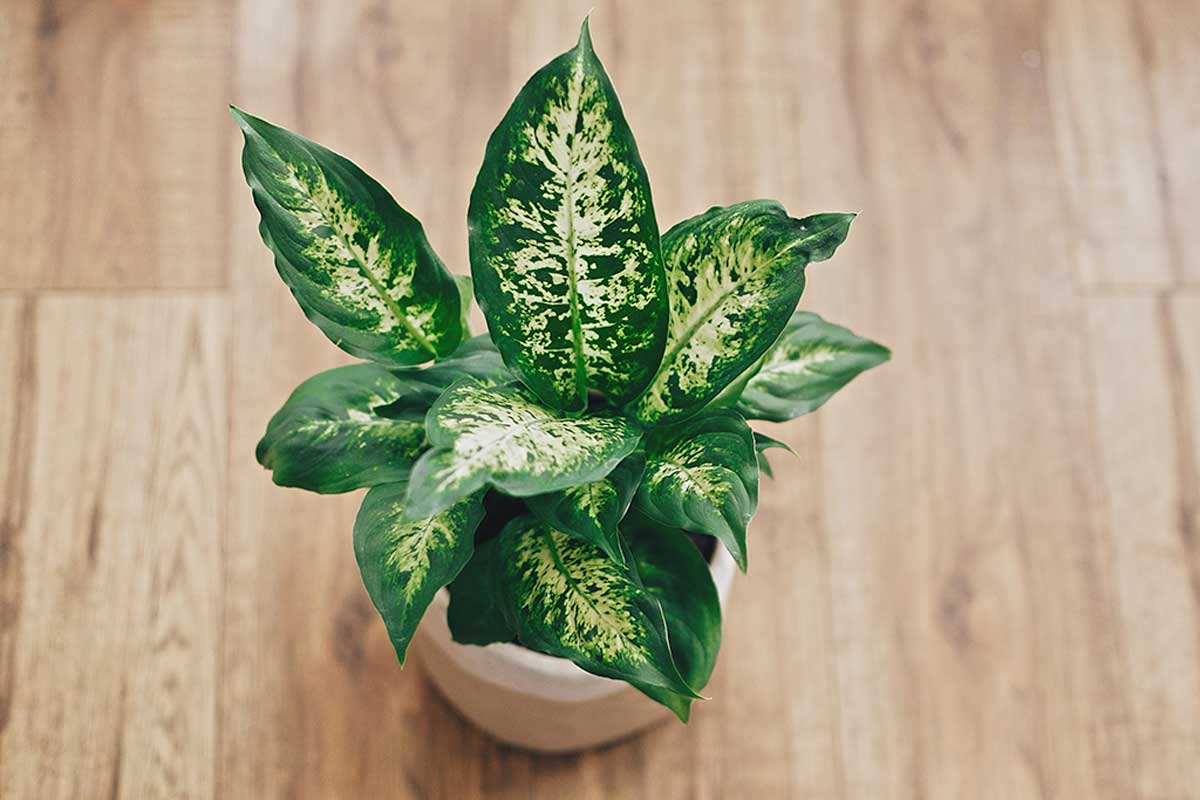
Dieffenbachia
Dieffenbachia, (also known as Dumb Cane), doesn’t flower but has broad leaves that combine two types of green. It causes swelling in the mouth and throat, as well as nausea, vomiting, and diarrhea due to its calcium oxalate crystals.
Don’t grow negative and toxic plants in your home!
Now you have some valuable information about negative and toxic plants, you also have some compelling reasons not to grow them or display them indoors. Although, if there are any plants on our list that you really like, you can still have them, just keep them in outdoor spaces only. This especially applies to those plants that retain negative energy–keep them where they should be, outside!
All cited sources were thoroughly reviewed by our team to ensure their quality, reliability, currency, and validity. The bibliography of this article was considered reliable and of academic or scientific accuracy.
- Mao, Y. Fen Gui y arquitectura occidental. Universidad Politécnica de Catalunya. 2014.
- Vivas, J. Toxicología veterinaria. Universidad Nacional Agraria. 2008.








